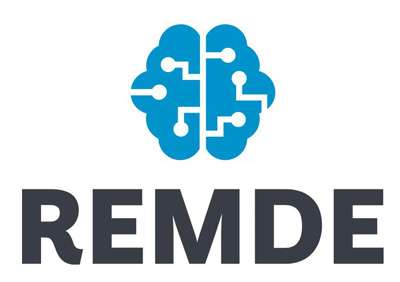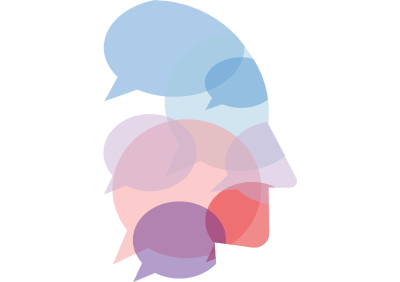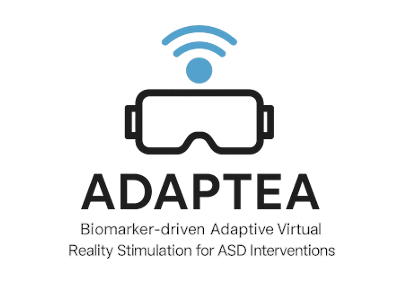Neurorehabilitation and Brain Research
The Neurorehabilitation and Brain Research Group is a multidisciplinary team focused on assessing and promoting the recovery of brain function after an injury and on examining the underlying mechanisms of different brain processes. The group involves researchers from i3B Institute and Labpsitec, and maintains close collaborations with other national and international entities.
Areas
To-do
Balance disorders are among the most frequent impairments of individuals who have sustained a brain injury. The rehabilitation of balance is a major goal for interventions because balance and postural control are crucial in most daily activities.
In 1986, Horak and Nashner postulated that the balance behavior, however complex it may be, consists of a limited repertoire of central motor programs. They identified three different movement synergies, known as the ankle, the hip, and the stepping strategy, which are executed continuously with the common objective of stance, but with different mechanisms. While the goal of the ankle and hip strategies is to maintain the center of pressure within the base of support, the stepping strategy aims to expand the base of support in such a way it includes the center of pressure.
Leaving aside the controversy of these findings, in a series of experiments we have investigated the effect of training these strategies through virtual reality-based interventions in the balance condition after a brain injury.
To-do
Motor impairments are a common consequence after acquired brain injury and a major cause of disability. Specifically, upper limb paresis is among the most significant deficits and represents an important obstacle for independence. Impairment of upper limb motor function is present in more than 80% of stroke survivors, and moderate dexterity after six months is only expected in 30 to 40% of the cases. Recovery of motor function after a brain injury involves neural reorganization of spared areas in both hemispheres to take over functions previously driven by the injured areas. However, reorganization is not driven by mere repetition. It only occurs when experience implies learning. Therefore, it can be deduced that motor rehabilitation should focus on driving plasticity by experiences that mean a challenge for the motor skills of the patients. In addition, motor learning principles, such as intensity, repetition, task-orientation, and feedback have proven to modulate the functional improvement after stroke.
To-do
Unilateral spatial neglect is a common and heterogeneous clinical consequence usually observed after a damage to the non-dominant cerebral hemisphere. Neglect affects the perception of contralesional environmental stimuli and can manifest in the visual, auditory, and tactile channels. Clinically, it can impair motor, visual, and sensory perceptions and can be caused by a number of widespread lesions affecting cortical and subcortical areas, particularly in the right hemisphere. Unilateral spatial neglect can manifest in personal space, affecting activities such as dressing and hair combing; in peripersonal space, affecting activities such as eating and working; and in extrapersonal space, affecting activities such as walking and driving. Different combinations of symptoms, lesions, and deficits can occur in different subjects at different times. This makes assessment a difficult task and also explains why even though many treatments have been tried, none has been found to be uniformly successful or consistently effective. This is particularly relevant in the chronic stage, which has been associated with poor functional recovery.
To-do
The successful alleviation of the clinical consequences of acquired brain injury depends not only on their intensity, but also on their level of self-awareness.1 Impaired self-awareness has been defined as a reduced ability to appraise one’s strengths and weaknesses and the implications for daily life activities at present and in the future. Self-awareness is a broad and complex concept that imply the interaction of different cognitive processes and primary human psychological functions. As a proof of its complexity, there is no consensus of the neural signatures of this ability. Although impairments of self-awareness were preliminary linked to frontal lobe, recent studies suggest that they may result from breakdown of functional interactions between nodes within the fronto-parietal control network.
Self-awareness deficits can have serious implications for everyday functioning. They can make patients not understand the purpose of their participation in a neurorehabilitation program, and, in consequence, patients can present lack of motivation and cooperation, and even irritability. They can also lead patients to set unrealistic goals, thus complicating their everyday functional competence, and vocational reentry. In addition, impairments in emotional self-awareness can affect the understanding of the differences between oneself and others, the adaptation to another’s perspective, and the modulation of the behavior to other’s reactions. Consequently, self-awareness deficits can have a special impact on social skills and emotional regulation, which can make community integration difficult.
To-do
After a severe injury to the brain, individuals may present difficulties to maintain awareness of themselves and of the environment, and to respond to environmental stimuli. Recovery of consciousness usually moves from the comatose phase to an unresponsive wakefulness syndrome, where wakefulness is preserved but there are no signs of awareness, to a minimally conscious state, where subjects can present certain level of awareness although not consistent enough to enable communication, or to a locked-in syndrome, where awareness is present but no motor response.
Disorders of consciousness represent a neurologic challenge from a diagnostic, prognostic, and therapeutic point of view. Misdiagnosis reaches up to 15% to 43% of the cases, prognosis is uncertain, and no treatment has been empirically shown to be effective. During the last two decades, the increased survival and the prolonged life expectancy of these individuals have generated an increase in case incidence and prevalence, and consequently a renewed clinical and scientific concern. However, more efforts are still needed to improve current clinical knowledge about these states.
To-do
Technological research oriented toward engineering disciplines has developed tools, equipment and procedures that have helped to overcome some limitations of traditional approaches and even have provided solutions to specific problems.
Most of our studies involve the application of new technologies, such as (but not only) virtual reality, to old problems in neurorehabilitation and basic neuroscience. However, we have put special efforts on examining the characteristics of the technological solutions and how it affects to the users’ performance, and, although it is not our goal, we have also developed technology-driven solutions to overcome specific problems that we have faced in our research.










